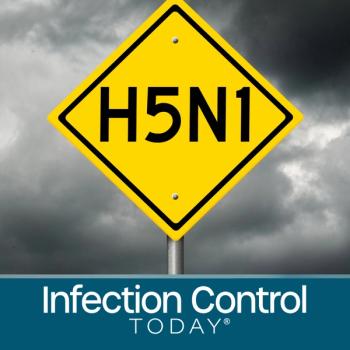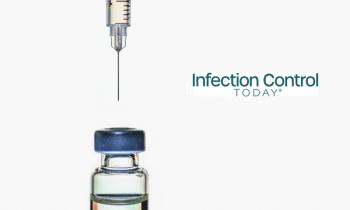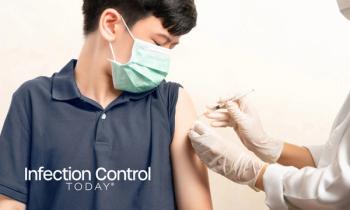
COVID-19: Not an Infection Prevention Sprint, but Rather a Marathon
Since healthcare's response to COVID-19 will likely not end soon, it is important to consider ways to help make the work processes easier and enhance communication.
For many in healthcare and public health, the weeks have progressively gotten longer. In many ways, the stress on resources reminds me of the Fall of 2014-during the Ebola outbreak. Infection preventionists are working tirelessly and for so many, this is an exhausting time. Each hospital and state have subtle nuances to their response, but many are acting as a conduit between the hospital and the public health department, to gauge testing criteria of potential COVID-19 cases.
As the US Centers for Disease Control and Prevention (CDC) updates guidance on testing people to emphasize clinical judgment and priority testing for certain patients, it can be difficult to keep up to date on it all. Those
1. Hospitalized patients who have signs and symptoms compatible with COVID-19 in order to inform decisions related to infection control.
2. Other symptomatic individuals such as, older adults (age ≥ 65 years) and individuals with chronic medical conditions and/or an immunocompromised state that may put them at higher risk for poor outcomes (e.g., diabetes, heart disease, receiving immunosuppressive medications, chronic lung disease, chronic kidney disease).
3. Any persons including healthcare personnel, who within 14 days of symptom onset had close contact with a suspect or laboratory-confirmedCOVID-19 patient, or who have a history of travel from affected geographic areas(see below) within 14 days of their symptom onset.
Some of the challenges though, still exist in lab capabilities. Meeting the clinical demands of medical providers wanting testing for those patients who might not meet criteria for testing at state labs, can be a frustrating situation. As commercial labs become a more common route for SARS-CoV-2 testing, hopefully some of that will be alleviated.
In the battle to conserve personal protective equipment (PPE) and the concerns around truly needing airborne isolation, the
“Based on local and regional situational analysis of PPE supplies, facemasks are an acceptable alternative when the supply chain of respirators cannot meet the demand. During this time, available respirators should be prioritized for procedures that are likely to generate respiratory aerosols, which would pose the highest exposure risk to HCP.
- Facemasks protect the wearer from splashes and sprays.
- Respirators, which filter inhaled air, offer respiratory protection.
While this guidance isn’t wholly unexpected, the challenge is often communicating to staff about why a down-grade in respiratory protection is occurring without inducing fear and panic. Reiterating the droplet transmission of COVID-19 and how it’s the aerosol-generating procedures that induce the need for airborne isolation precautions, can be a good approach.
Since healthcare's response to COVID-19 will likely not end soon, it is important to consider ways to help make the work processes easier and enhance communication. There are a few things that have helped address response measures while making life easier-daily stakeholder calls to update guidance and review resources, setting clear expectations about testing criteria and on-call resources, touching base with staff mid-day to answer questions and concerns, and making sure people know that while infection prevention is a support for them, we also are not an unlimited resource.
Newsletter
Stay prepared and protected with Infection Control Today's newsletter, delivering essential updates, best practices, and expert insights for infection preventionists.






